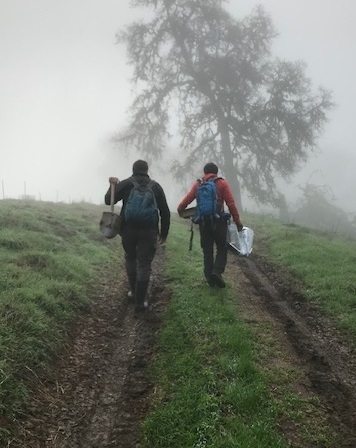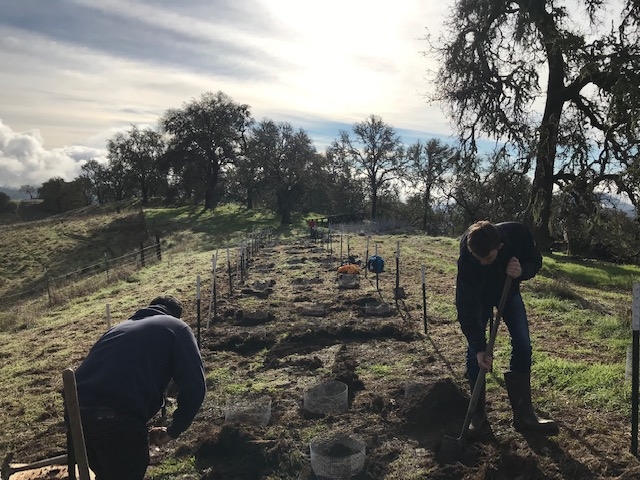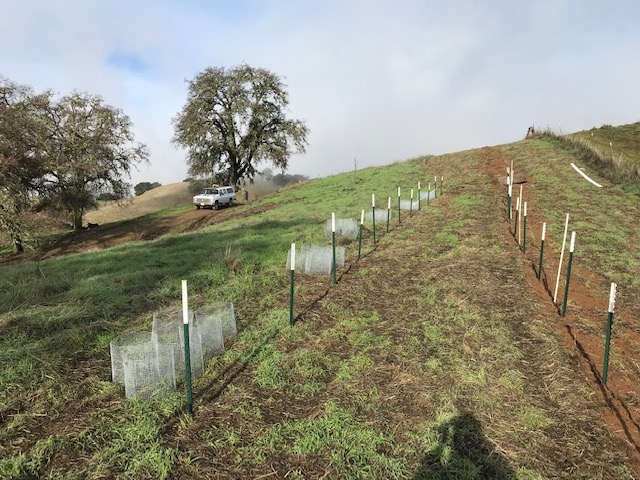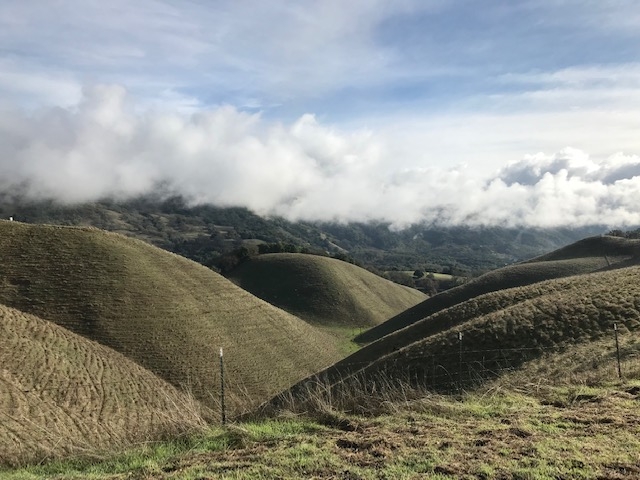
Posts Tagged: STEM
'When I Grow Up, I Want to Be an Entomologist'
How many kindergarten students have you heard say "When I grow up, I want to be an entomologist?" "Ento-what?" some folks will ask. "What's that?" Five-year-old Rebecca Jean "RJ" Millena could have told you. She still can. When she entered kindergarten in Concord, Calif., RJ...
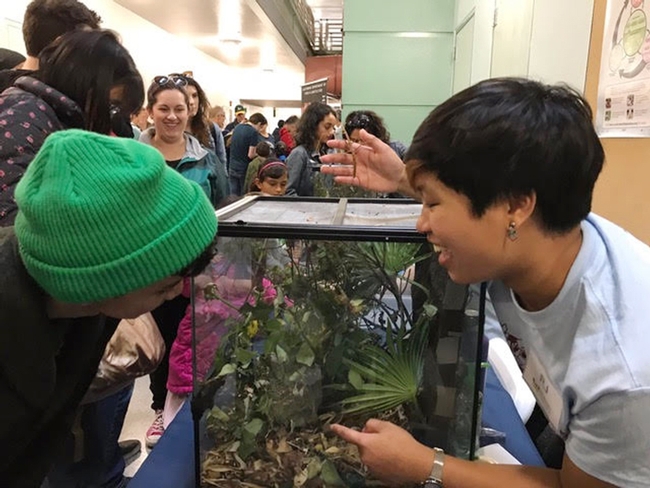
UC Davis entomology major Rebecca Jean "RJ" Millena shows visitors some of the critters in the Bohart Museum of Entomology.
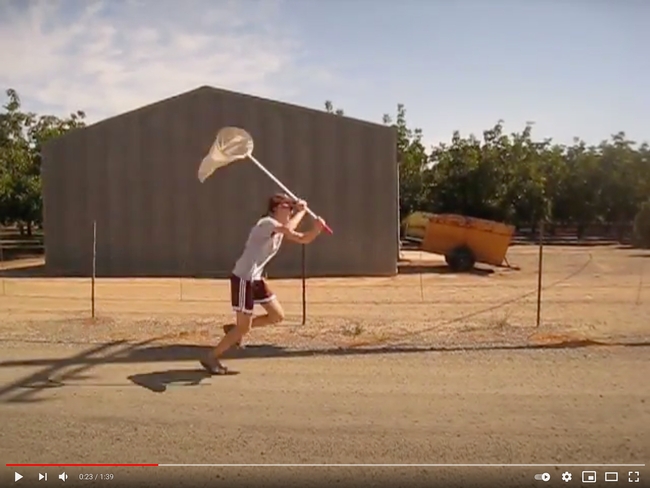
Former researcher Heather Wilson of the Frank Zalom lab, UC Davis Department of Entomology and Nematology, created a fun-filled video about "I Wanna Be an Entomologist." In this screen shot she chases an imaginary bug.
HREC Youth Volunteers Support Oak Research
My name is Valentina Evans, and I am a new volunteer at the UC Hopland Research and Extension Center. My partners Benjamin Evans, and Zane Petersen have chosen to volunteer with me at the HREC for our senior project at Ukiah High School. A few weeks ago on the twenty-first of December we volunteered to help two researchers, Paulo who studied at UC Santa Cruz, and Wyath, who is still studying at Humboldt State University, to plant acorns from different ecosystems, and analyze how they will adapt to conditions with more water, less water, more sunlight or a lack of sunlight. This study is part of Dr. Blair McLaughin's study from the Zavaleta Lab at UC Santa Cruz.
We started off by digging holes about 1 foot deep and laying a thin square piece of chicken wire at the bottom of the holes to prevent gophers from entering and eating the acorns. We then took a circular strip of chicken wire and placed it on top of the flattened piece at the bottom. With the second strip of chicken wire standing horizontal, we continued by covering the holes with the same dirt we originally dug out. Now with the metal secured in place, Paulo came around and gently placed the acorns inside of the holes. The hands-on experience was extremely fascinating, not to mention peaceful. The view at the top of the hill was breathtaking, and the weather was just perfect. The entire process was tiring, but having had the opportunity to participate in a lab/research project made the whole experience worth it.
Although the project will not produce any data until the acorns sprout, the idea behind the project is captivating. Paulo and Wyath are studying the growth of oak trees from all sorts of climates, locations, and ecosystems. Some of the acorns are from northern California and others from way down in southern California. They will be monitoring the water levels, and amount of sunlight the oak trees will receive, all in hopes to see how the oak trees will adapt to different changes in their environments. Seeing as how I want to major in Biological Sciences in college, this experience was exceptionally informative for me and has taught me how critical patience, effort and time are in order to successfully accomplish a lab and receive the most accurate facts. I am very grateful to have been able to participate in this ongoing project and am looking forward to continuing to be a part of the younger generation who can benefit from having the Hopland Research and Extension Center available to us, to further our knowledge about the environment.
UC Davis Puts the 'Bio' in Biodiversity Museum Day
"Bio" means "life" or "living things," and that's just what you'll see on Saturday, Feb. 18 at the sixth annual UC Davis Biodiversity Museum Day. You'll see plenty of life and previous life, from bugs to bones--that is, from walking sticks to dinosaur bones. You'll see honey bees--they're...
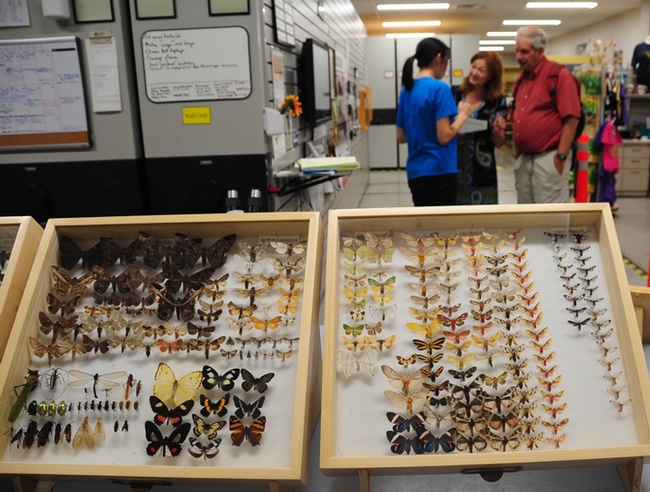
Butterfly specimens will be showcased at the Bohart Museum of Entomology. (Photo by Kathy Keatley Garvey)
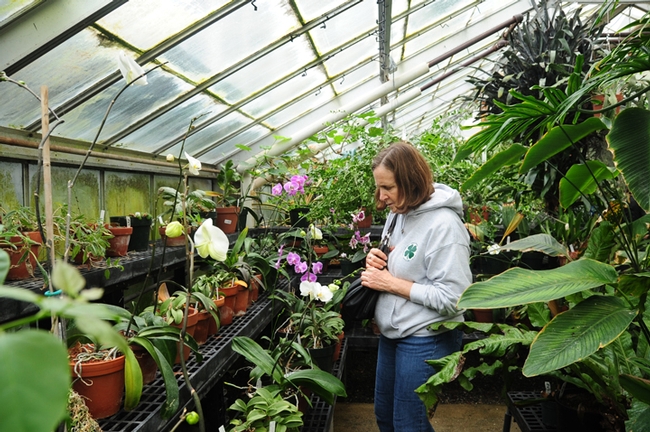
Sue Bohannan of Fairfield examines plants in the Botanical Conservatory. She was at the UC Davis Biodiversity Museum Day to lead a Solano County 4-H STEM Project. (Photo by Kathy Keatley Garvey)
October is National Farm-to-School Month
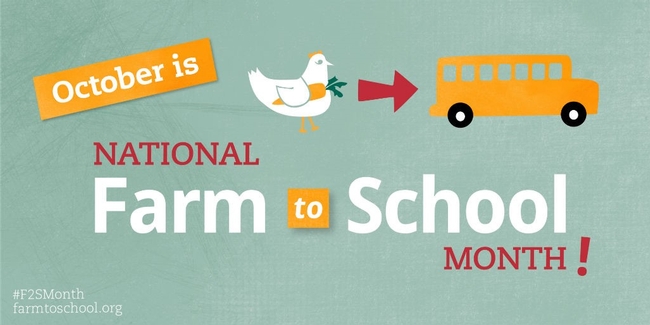
There are plenty of opportunities for teachers and schools to celebrate and get involved in National Farm to School Month with the University of California Division of Agriculture and Natural Resources (UC ANR). Here are a few ideas to get you started.
4-H youth development
Launch a 4-H Club at your school. The 4-H Youth Development Program emphasizes enrichment education through inquiry-based learning. Core content areas include Healthy Living as well as Science, Technology, Engineering and Math (STEM). Clubs have access to a wealth of curricula materials exploring food, agriculture and natural resources. 4-H also offers the Ag in the Classroom school enrichment program.
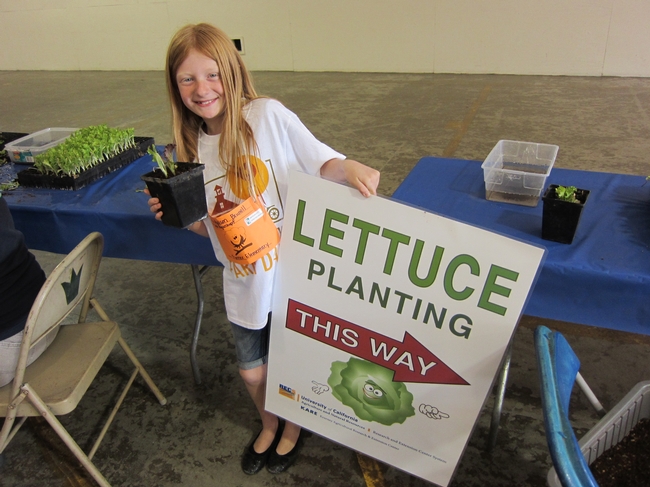
Invite UC ANR academics and program staff to your career day or science fair or to make a classroom presentation. Specialists from Master Gardeners, Nutrition Education, Project Learning Tree, California Naturalist and other UC ANR programs know how to engage and inspire your students.
Some programs, including Project Learning Tree, offer "train the trainer" professional development workshops that equip educators with the skills and knowledge to teach concepts in their own classrooms. Project Learning Tree also provides free activity guides to teachers who attend their workshops. The guides highlight differentiated instruction, reading connections, and assessment strategies and offer ideas to integrate technology into classroom instruction,
Research and Extension Centers
Take your students on a field trip to a UC ANR Research and Extension Center (REC). The nine RECs in California are focal points for community participation and for active involvement in current and relevant regional agricultural and natural resource challenges.
Visiting a REC offers students a unique opportunity to learn about food production through the lens of applied science research in plant pathology, integrated pest management, conservation tillage, water conservation, development of new crop varieties, and much more. Some RECs also host extended education programs such as Sustainable You! Summer Camp and FARM SMART.
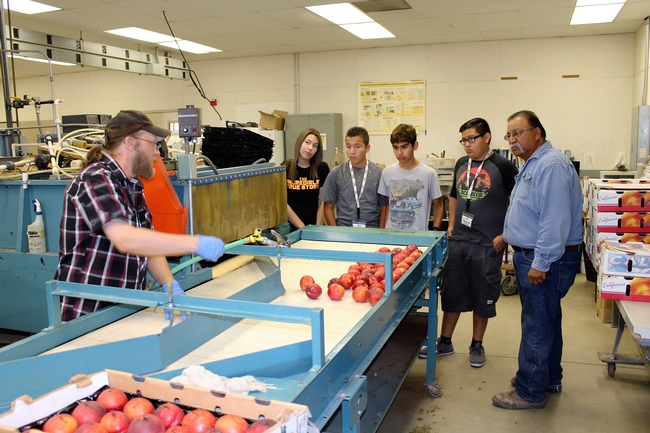
The 2016 National Farm to School Month theme is One Small Step, which highlights the easy ways anyone can get informed, get involved and take action to advance farm to school in their own communities and across the country.
Each week will have a different focus:
- Education (October 3-7)
- Healthy School Meals (October 10-14)
- Farmers & Producers (October 17-21)
- The Next Generation (October 24-28)
Join the celebrations by signing the One Small Step pledge then take your own small step to support healthy kids, thriving farms and vibrant communities this October by partnering with UC ANR.
This story en español.
Facebook vice president shares his 4-H roots
Andrew Bosworth, vice president of Facebook advertising, was an active 4-H youth in Santa Clara County from age 9 to 19, reported Parija Kavilanz on CNN Money. He said he learned computer programming from a 4-H mentor before eventually attending Harvard, where he met Facebook founder Mark Zuckerberg.
"I was into cooking projects and I raised sheep, pigs, rabbits, guinea pigs," Bosworth told the reporter. "I wore my 4-H uniform and would show my animals at the country fair."
4-H is now focusing on programs in science, technology, engineering and mathematics (STEM) in order to prepare youth for prosperous careers, aiming to reach 10 million youth nationwide by 2025, a 67 percent increase. Much of the growth will be fueled by STEM programming. Bosworth said 4-H's learn-by-doing, hands-on approach is a key to generating interest in STEM.
"If you look back to my experience with 4-H, what was great was that you were doing an activity and building a social skill," said Bosworth. "It was fun. You were doing it with your friends, and you were doing it as part of the community."

